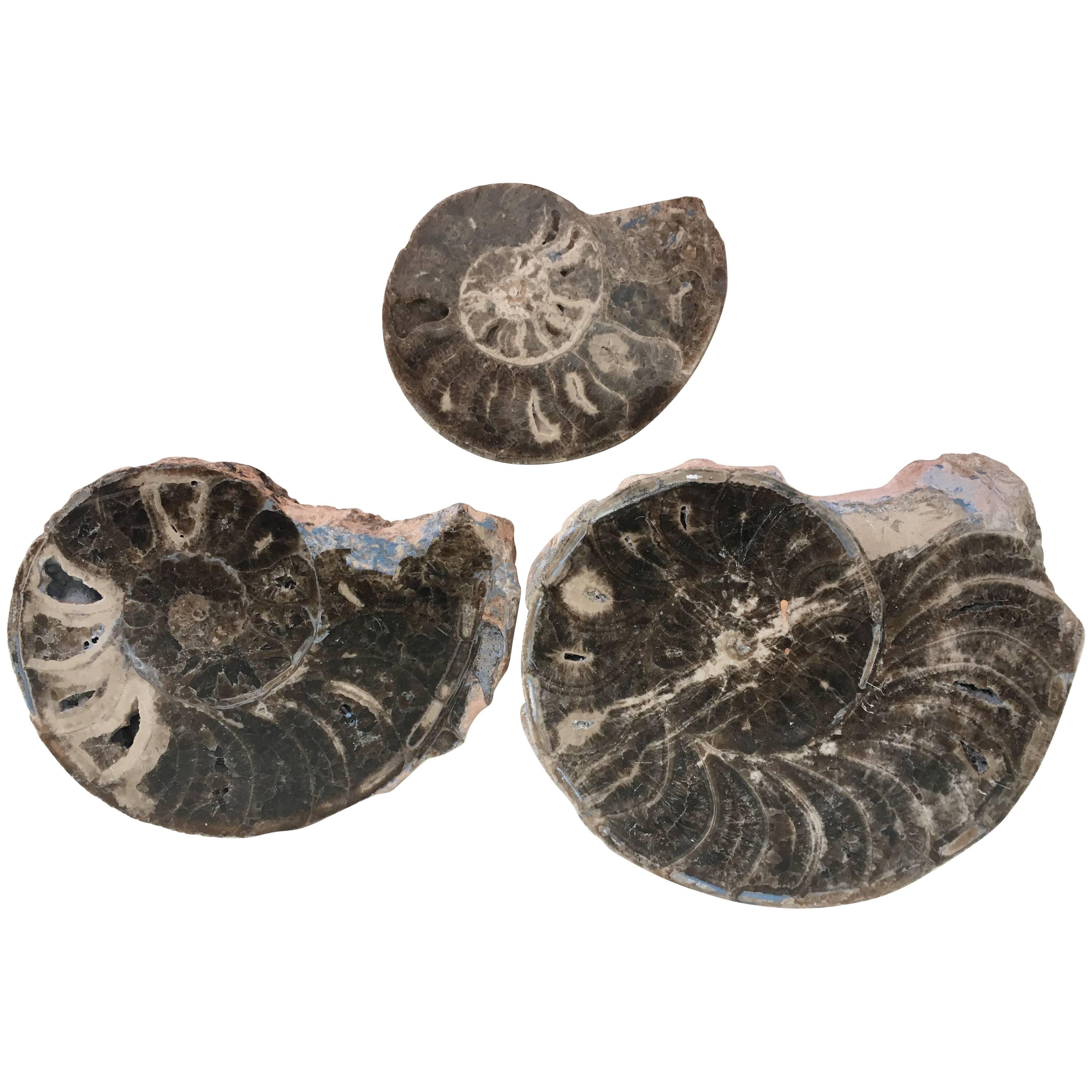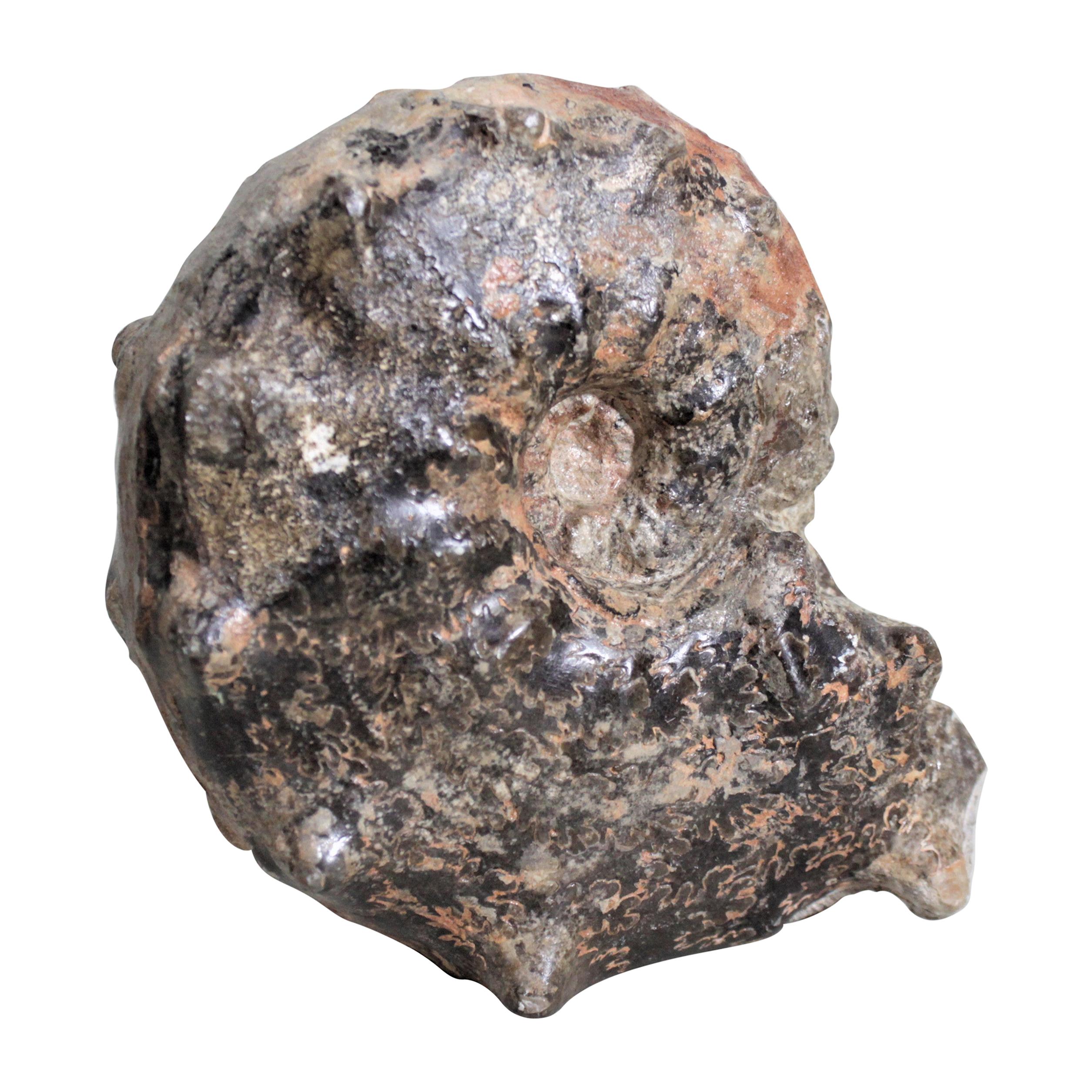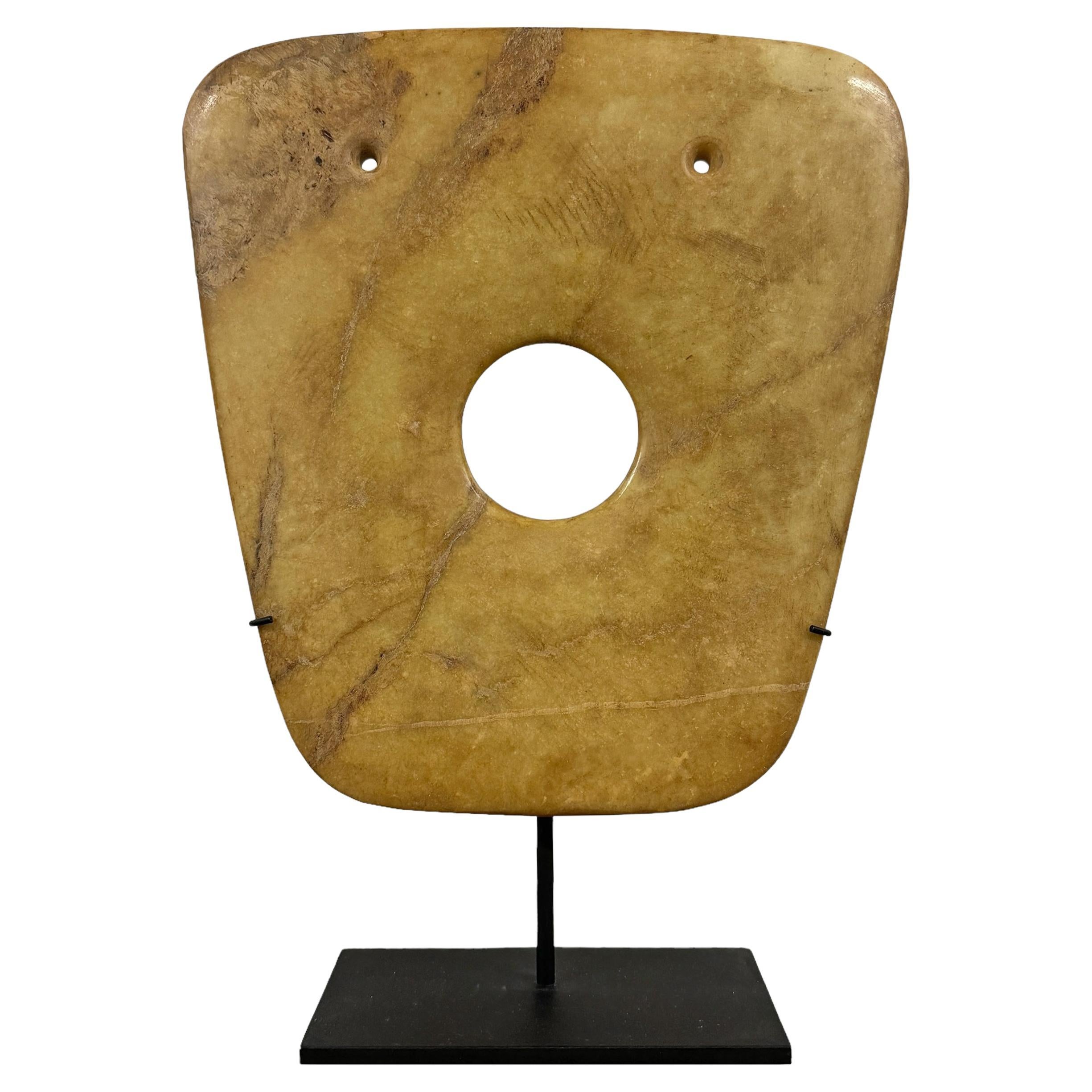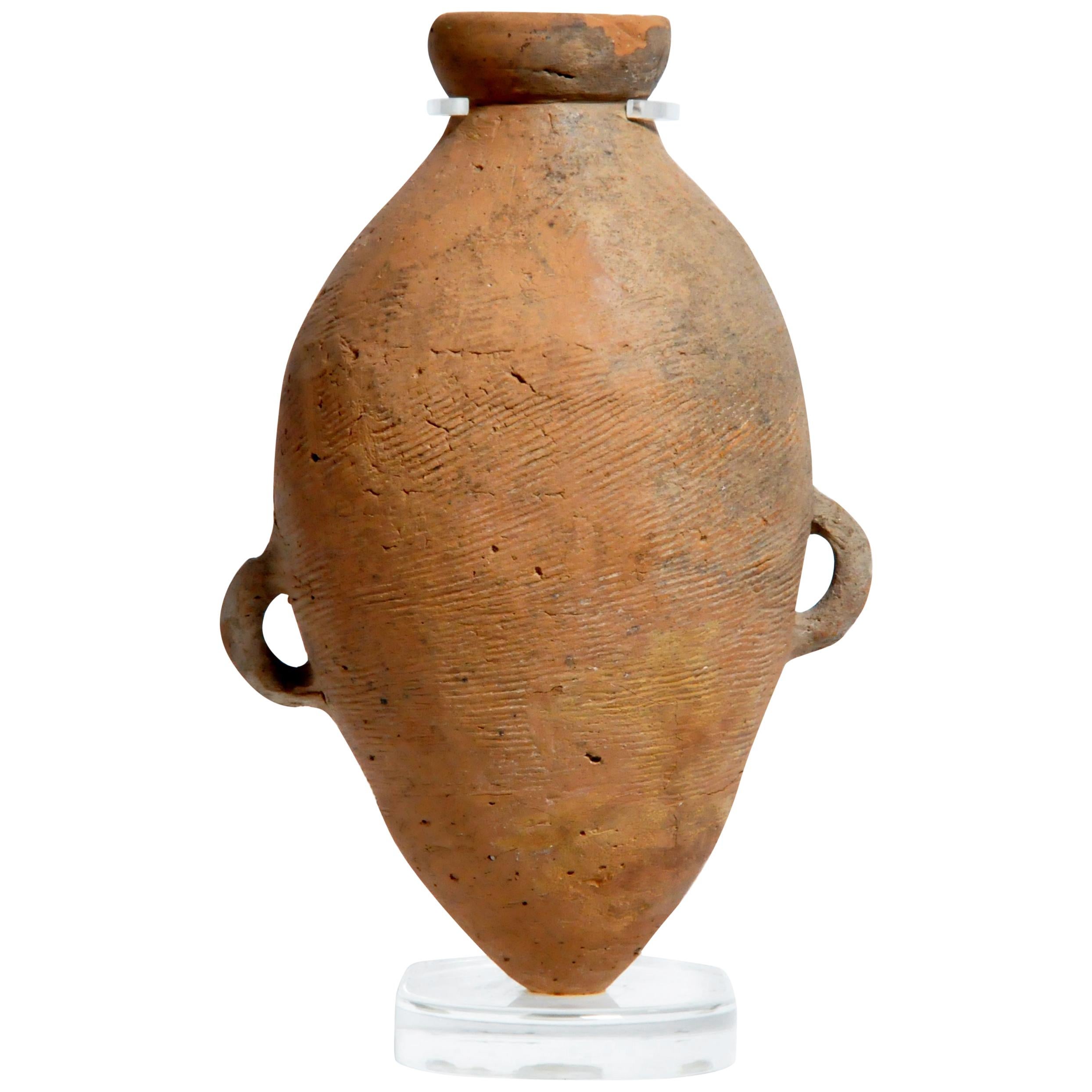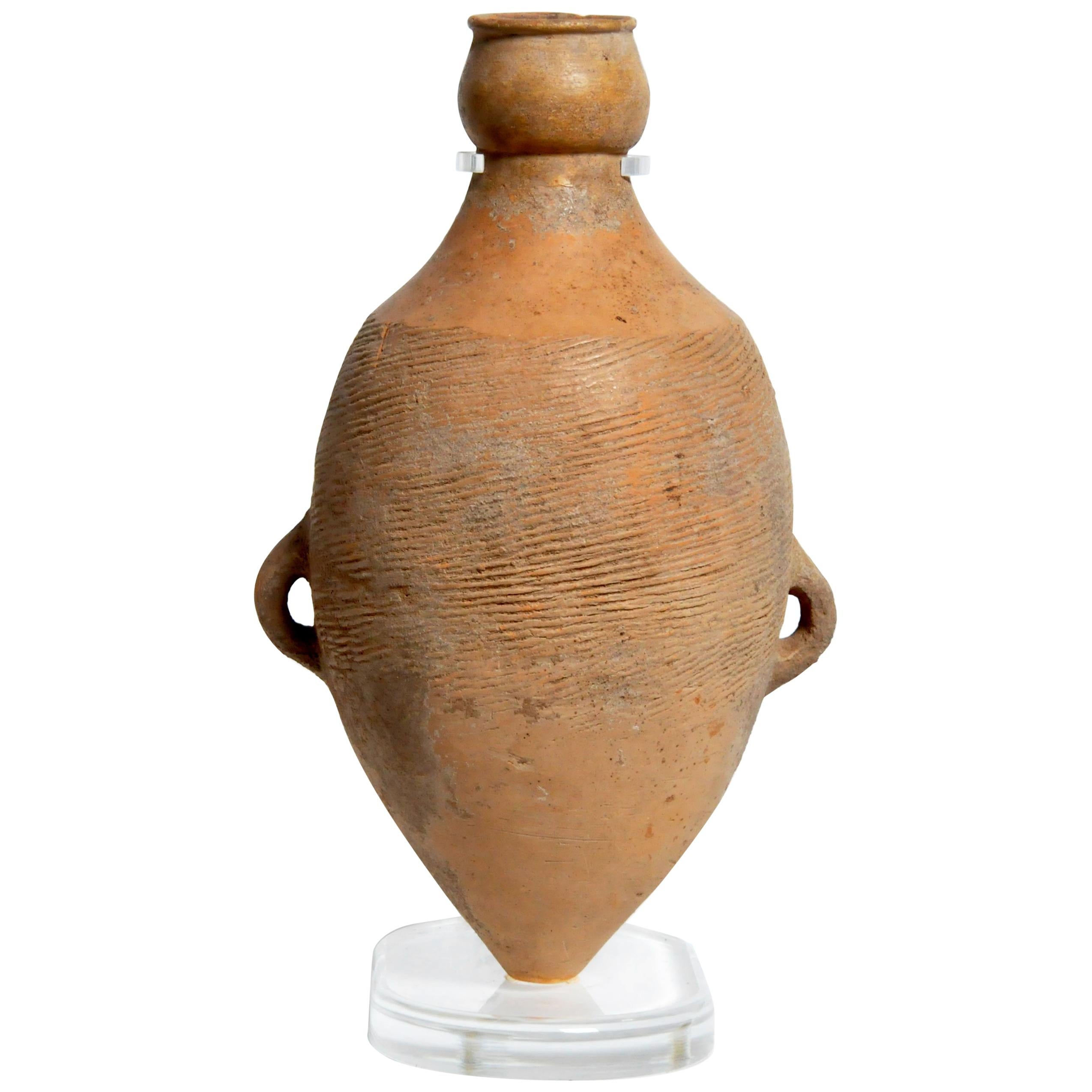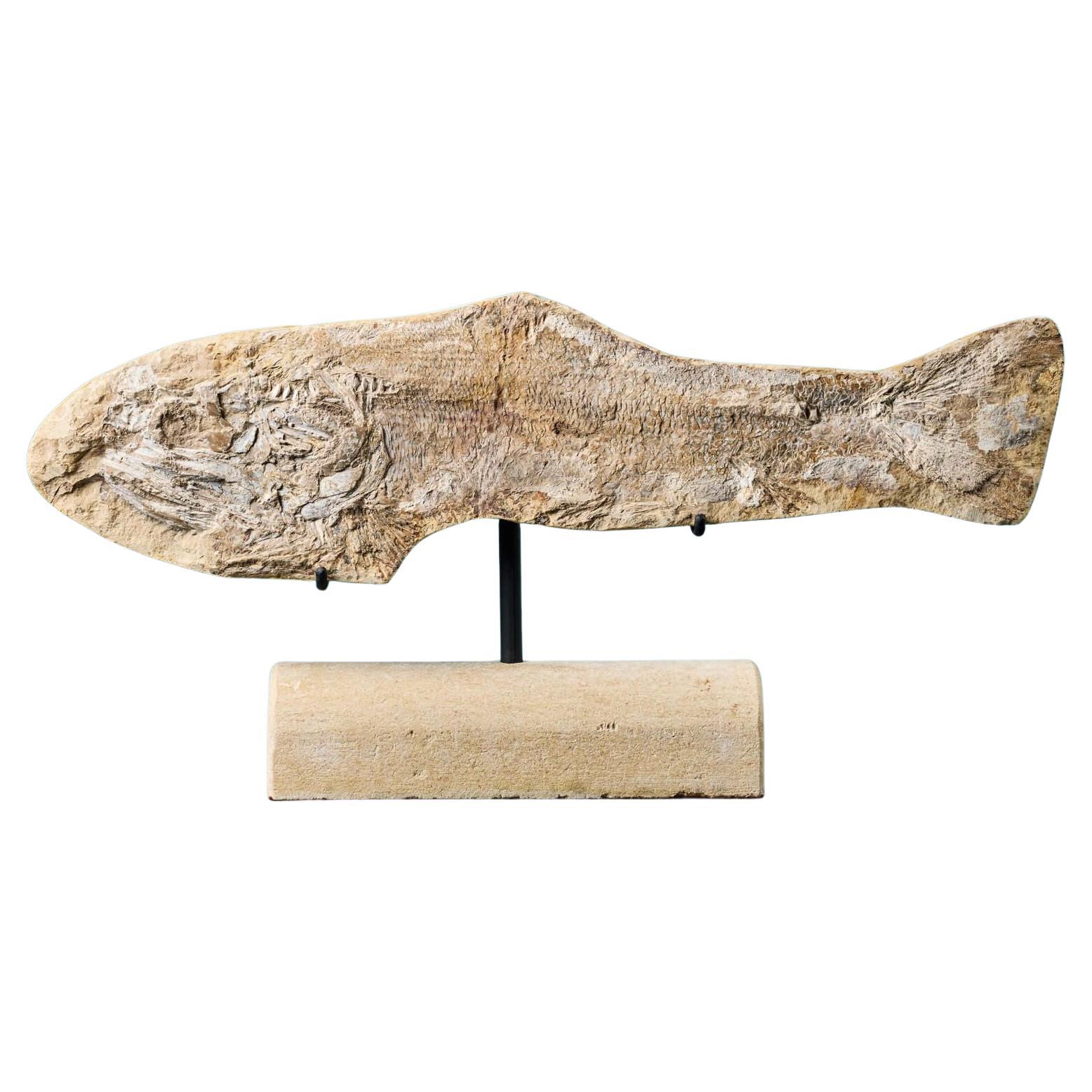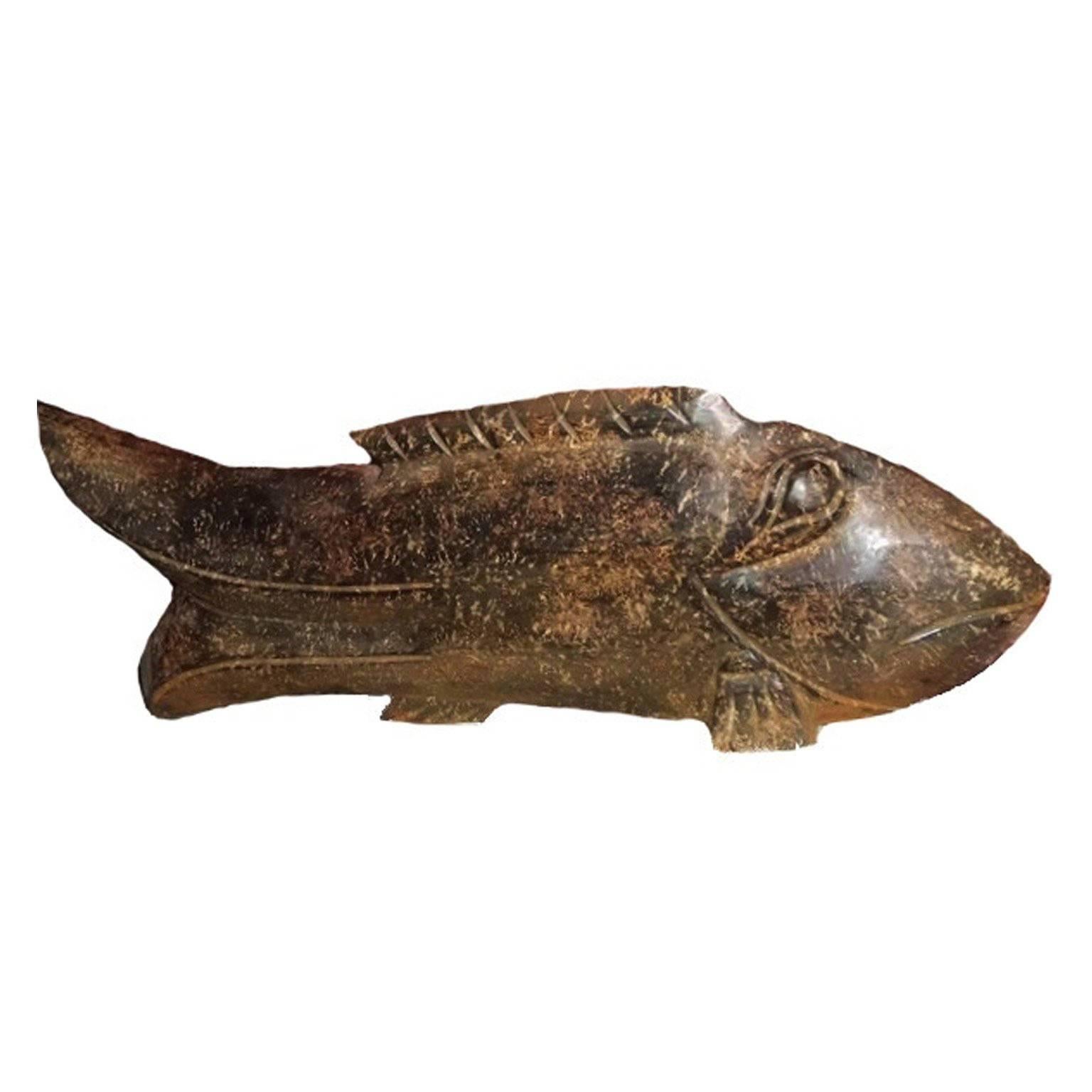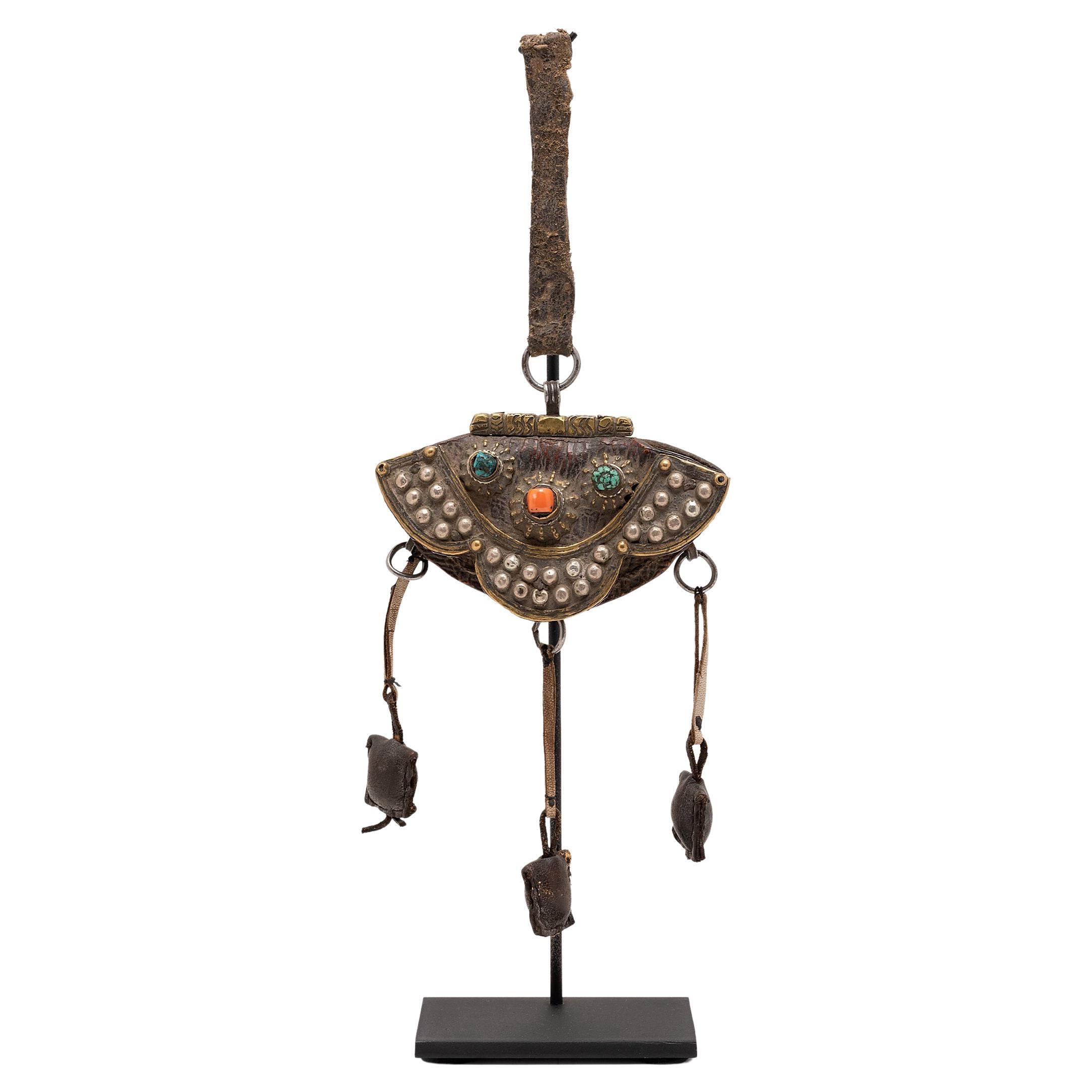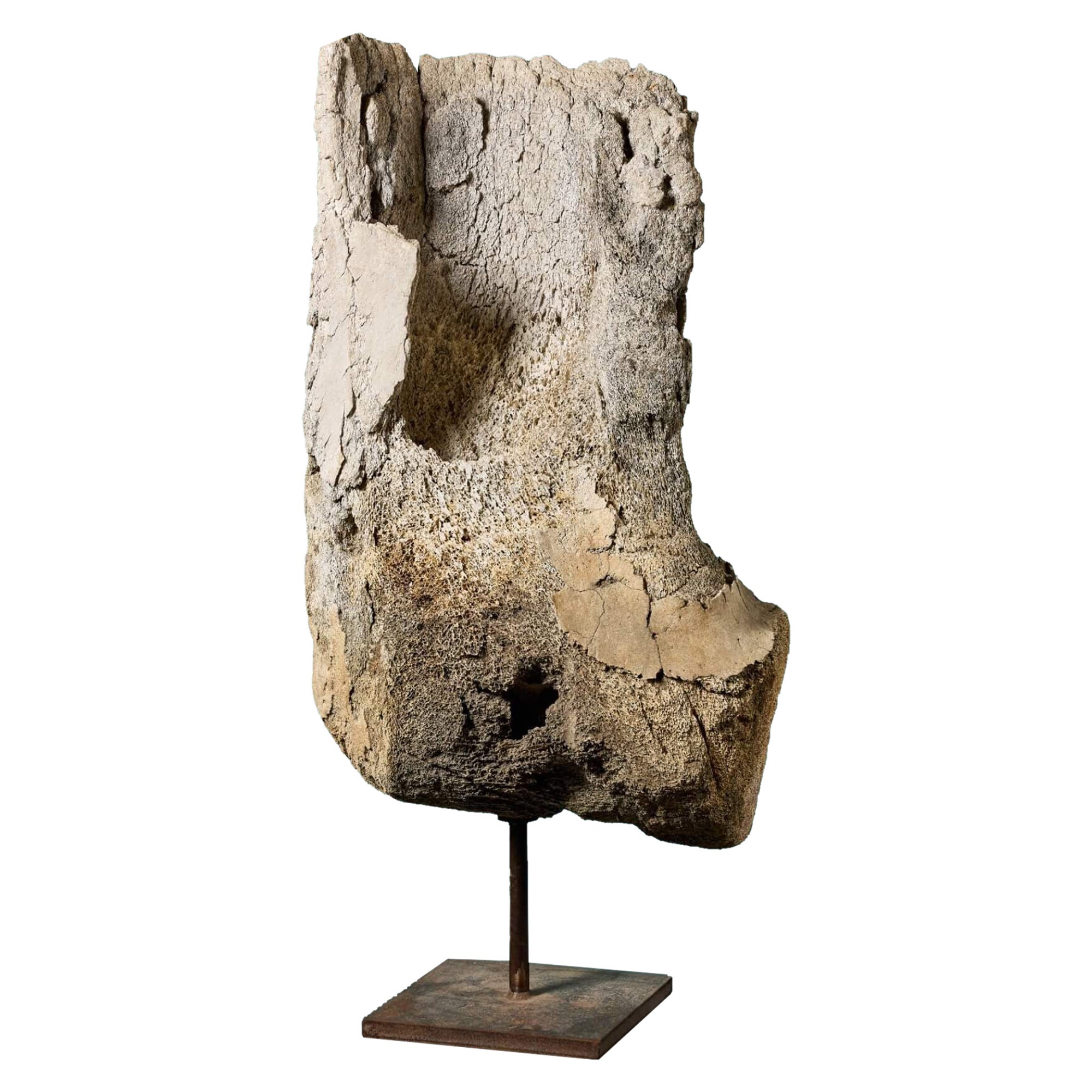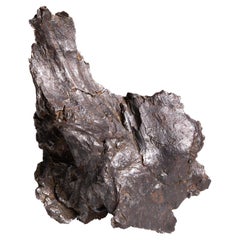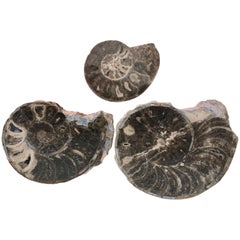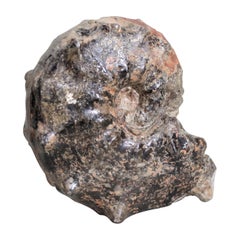
Large Prehistoric Neolithic Flint Axe
View Similar Items
Video Loading
Want more images or videos?
Request additional images or videos from the seller
1 of 11
Large Prehistoric Neolithic Flint Axe
About the Item
- Dimensions:Height: 10.5 in (26.67 cm)Diameter: 3.75 in (9.53 cm)
- Style:Prehistoric (Of the Period)
- Materials and Techniques:
- Place of Origin:
- Period:
- Date of Manufacture:Circa 4000-3000 BC
- Condition:
- Seller Location:London, GB
- Reference Number:1stDibs: LU1052212540341
About the Seller
5.0
Recognized Seller
These prestigious sellers are industry leaders and represent the highest echelon for item quality and design.
Established in 2008
1stDibs seller since 2014
100 sales on 1stDibs
Typical response time: 7 hours
Associations
LAPADA - The Association of Arts & Antiques DealersInternational Confederation of Art and Antique Dealers' AssociationsThe British Antique Dealers' Association
More From This SellerView All
- Large Sculptural MeteoriteLocated in London, GBA magnificent and extremely sculptural specimen of the Seymchan meteorite, recovered in the Russian Far East. This rare and large end cut preserves the patinated and partially melted...Category
Antique 15th Century and Earlier Russian Natural Specimens
MaterialsOther
$205,000 - Large Sikhote-Alin Meteorite ShrapnelLocated in London, GBSikhote-Alin Meteorite Shrapnel, Iron, Coarsest Octahedrite “This chunk of twisted metal shows the extreme force of the low altitude air burst which exploded the main mass, causing shockwaves which collapsed chimneys, shattered windows and uprooted trees. Sonic booms were heard more than 300 kilometres away and a 33-kilometre long smoke trail persisted in the sky for several hours.” - Dr Alan E. Rubin, PhD Department of Earth, Planetary, and Space Sciences, UCLA Dating back to the formation of the solar system, some 4.55 billion years ago, Sikhote-Alin meteorites are the best preserved of all known iron meteorites. This extremely aesthetic specimen is a beautiful example of the so-called shrapnel type. It is the result of a powerful secondary explosion which occurred close to the ground, producing a wonderfully scarred and sculptural appearance, with torn and jagged edges and delicate flow lines. On the morning of 12 February 1947, an enormous iron meteor passed through the Earth’s atmosphere, exploding over the Sikhote-Alin mountains in South-eastern Russia...Category
Antique 15th Century and Earlier Russian Natural Specimens
MaterialsIron
- Large Chondrite Meteorite with RegmaglyptsLocated in London, GBNWA 12759 Stone, Chondrite - L5 18.3 KG “This specimen of the NWA 12759 L5 chondrite has a smooth posterior fusion crust where meteoritic melt pooled as the rock descended through the atmosphere and was heated by friction with molecules of air. The meteorite is from the L-chondrite asteroid that was destroyed by an energetic collision 470 million years ago.” Dr Alan E. Rubin, PhD Department of Earth, Planetary, and Space Sciences, UCLA Detached from its parent body by a mighty impact, this large, oriented meteorite travelled over a hundred million miles through space before falling to Earth in the North African desert. Beautiful regmaglypts radiate from the apex of its cone shaped nose. These elongated dimples formed when streaks of superheated molten rock streamed off the meteor’s surface as it blazed through the atmosphere. The entire piece is coated in a glossy, umber-coloured fusion crust and close examination reveals remnants of encrusted, orange dirt. Whilst most meteors tumble as they travel through the Earth’s atmosphere, oriented meteorites...Category
Antique 15th Century and Earlier Moroccan Natural Specimens
MaterialsStone
- Large Leaf Fossil from the Green River FormationLocated in London, GBA large and beautifully preserved fossilised leaf from the Green River formation, a site which has brought forth some of the best-preserved fossi...Category
Antique 15th Century and Earlier North American Wall-mounted Sculptures
MaterialsOther
- Ancient South Arabian Alabaster InscriptionLocated in London, GBSouth Arabian Alabaster Inscription Calcite Alabaster circa 1st century A.D. ‘’Consequently, neither white marble of Paros nor any other stone which men admire can be compared with the precious stones of Arabia, since their whiteness is most brilliant, their weight the heaviest, and their smoothness leaves no room for other stones to surpass them.’’ - Diodorus Siculus, Library of History, Book II, 52.9 This inscription, finely worked on an alabaster tablet, is a remarkably well preserved example of Ancient South Arabian script, with its distinct bold, angular forms, written in the Qatabanic dialect - that is, the dialect spoken by the people of the kingdom of Qataban, which ruled much of modern day Yemen from the 7th Century B.C. to the 2nd Century A.D. The text, which reads: ‘[... ...]sa?d and Ma?add?i- / (of the lineage) of Hawfa- / She entrusted Anb- / against any malfeasance (which would remove it) from its place’ - indicates that it likely served to commemorate a temple offering. The quality of the script, incised so neatly into the surface of the alabaster, tells us that this piece was commissioned by somebody of considerable wealth and prestige, employing a scribe of equally considerable expertise. South Arabia was known throughout the ancient world for its incredible wealth - so much so that the Romans termed the region ‘Arabia Felix’ - literally, ‘Happy, or Fortunate, Arabia.’ That wealth was built largely on the trade of spices and incense, in which the Kingdom of Qataban played a major part. According to Pliny the Elder, this was the sole country through which frankincense could be exported, first being collected in the city of Shabwa, on the South Arabian coast, and from there travelling by camel up to Gaza, to be shipped all across the Mediterranean - not only that, but all growers of myrrh across Arabia were required to give a quarter of their yield to the king of the Qatabanians. As such, the kingdom became exceedingly rich and powerful, and Pliny goes on to tell us that ‘The nations of the Larendani and the Catabani, and the Gebanitæ [...] occupy a great number of towns, the largest of which are Nagia, and Thomna (the capital of Qataban) with sixty-five temples, a number which fully bespeaks its size.’ Because of the nature of its exports, frankincense in particular - the ‘sweat of of the gods’ according to the Egyptian Book of the Dead, and perhaps most famous as one of the three gifts brought to the newborn Christ - being closely associated with the divine, South Arabia’s reputation in antiquity was as a mysterious, almost sacred, and - crucially - extraordinarily wealthy region, at the very edge of the known world; in the words of Herodotus: ‘’Enough of marvels, and yet the land of Arabia gives off a scent as sweet as if divine.’’ This inscription invokes the protection of god Anbay, the judge-oracle of the chief god ‘Amm, who he served as an attendant. Much of what we know of the religious life of the ancient South Arabians comes to us from early Islamic texts, describing what is known in Islamic scholarship as ‘Jahiliyyah’ - the age before the advent of Islam in Arabia. What comes across in much of these texts is that these religious practices placed a great deal of emphasis on sacred stones, perhaps linked to the brilliance of the alabaster which is local to the region, and which a great many of the cult-objects produced in this time are made from. Hisham ibn-Al-Kalbi’s Book of Idols records: ‘’The Arabs were passionately fond of worshipping idols [...] Whenever a traveller stopped at a place or station in order to rest or spend the night, he would select for himself four stones, pick out the finest among them and adopt it as his god, and use the remaining three as supports for his cooking-pot.’’ This inscription was once in the collection of the intrepid British-Australian travel...Category
Antique 15th Century and Earlier Yemeni Abstract Sculptures
MaterialsAlabaster
- Lightning Bolt Shaped Meteorite EndcutLocated in London, GB“This jagged exterior endcut of the Seymchan pallasite has patches of olivine-free metallic iron-nickel as well as regions where olivine and metal are more uniformly distributed. The...Category
Antique 15th Century and Earlier Natural Specimens
MaterialsOther
You May Also Like
- Large Prehistoric AmmoniteLocated in New York City, NYPrehistoric ammonite fossil.Category
Antique 18th Century and Earlier Unknown Animal Sculptures
MaterialsStone
- Set of Three Prehistoric AmmoniteLocated in Miami, FLSet of three prehistoric ammonite fossil, unmounted. Measurements: Big amonite: Depth *4.5in Width *5.5in Height *1.6in Medium amonite: Depth *4.1in Width *5.1in Height *1.6in...Category
Antique 15th Century and Earlier Prehistoric Natural Specimens
$1,920 / set - Prehistoric Ammonite Fossil or Natural SpecimenLocated in Hamilton, OntarioThis Prehistoric fossilized ammonite is likely from Madagascar and thousands of years old. This fossil is free standing and could be used as a unique design element as a natural specimen...Category
Antique 15th Century and Earlier Malagasy Prehistoric Natural Specimens
MaterialsStone
- Chinese Stone Axe Head on Custom MountLocated in Chicago, ILThis Chinese Neolithic-inspired stone axe head, meticulously carved from yellow nephrite stone, is a testament to ancient craftsmanship and cultural si...Category
20th Century Chinese Prehistoric Mounted Objects
MaterialsStone
- Chinese Stone Axe Head on Custom MountLocated in Chicago, ILThis Chinese Neolithic-inspired stone axe head, meticulously carved from an orange/brown stone, is a testament to ancient craftsmanship and cultural significance. Axe heads of this s...Category
20th Century Chinese Prehistoric Mounted Objects
MaterialsStone
- Pair of Neolithic Basalt Stone Celts, Great BritainLocated in Stamford, CTTwo Neolithic basalt celts mounted on black steel bases. In archaeology, a celt is a long, thin, prehistoric, stone or bronze tool used as an adze, hoe, h...Category
Antique 15th Century and Earlier British Prehistoric Mounted Objects
MaterialsStone

